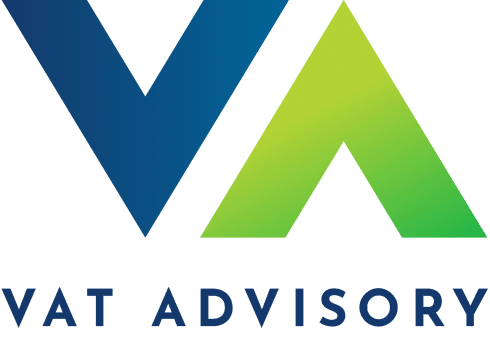Case Study: Printed Goods and Digital Services – Navigating Cross-Border EU VAT Compliance
Business Activities
- Physical Goods: Producing and shipping printed goods to EU customers.
- Electronically Supplied Services (ESS): Providing one-time access to digital artwork through an online platform.
Key VAT Issues and Solutions
1. VAT Treatment for Physical Goods
A. Goods Valued Below EUR 150
The EU’s Import One-Stop Shop (IOSS) scheme simplifies VAT collection and payment for physical goods valued below EUR 150.
- Recommendation: Businesses should register for IOSS to collect VAT at the point of sale, avoiding VAT charges upon import and improving the customer experience.
- Considerations:
- Ensure the consignment value is below EUR 150.
- Use separate invoices for digital and physical goods to minimize tax risks.
- Inform customers about potential double charges to reduce cancellations.
B. Goods Valued Above EUR 150
For goods above EUR 150, IOSS does not apply, requiring alternative VAT compliance methods:
- Registering in Each EU Country
- Businesses must collect and remit VAT in each country where customers are located.
- Pro: Provides a smooth customer experience with no added costs at delivery.
- Con: Increases administrative and financial burdens.
- Buyer as Importer of Record
- Customers pay VAT and customs duties upon delivery.
- Pro: Cost-effective for the business.
- Con: Potential for reduced customer satisfaction.
- Recommendation: Collaborate with couriers to prepay VAT and customs fees, recovering costs by adjusting prices. However, courier flexibility may vary.
2. VAT Treatment for Electronically Supplied Services (ESS)
For electronically supplied services, the OSS Non-Union Scheme offers a straightforward VAT compliance solution.
- Recommendation: Register for the OSS Non-Union Scheme to streamline VAT reporting and payment across EU countries.
- Advantages:
- Simplified compliance process.
- Avoids the need for multiple country-specific registrations.
- Enhances compliance with EU VAT rules.
3. VAT Compliance for B2B Transactions
Physical Goods:
- VAT and customs fees are typically the responsibility of the importer. Businesses can:
- Require buyers to act as Importers of Record, using the reverse charge mechanism.
- Alternatively, reclaim VAT through the 13th Directive, though this requires country-specific registrations, which may not be cost-effective.
Digital Services:
- Non-EU businesses providing digital services to EU businesses are subject to VAT in the customer’s country under the reverse charge mechanism.
- Recommendation: Clearly outline VAT obligations on invoices to ensure compliance.
Outcome
By adopting the appropriate schemes and strategies, businesses can:
- Streamline VAT compliance while minimizing administrative burdens.
- Enhance customer satisfaction by reducing unexpected VAT or customs fees.
- Maintain clear distinctions between physical and digital goods to avoid potential tax risks.
Conclusion
The IOSS and OSS schemes provide businesses with efficient pathways for managing VAT obligations when selling to EU customers. Tailored strategies ensure compliance with EU regulations while supporting growth in cross-border markets.
